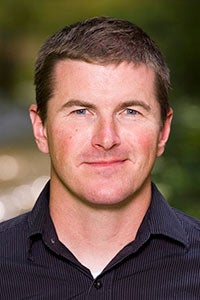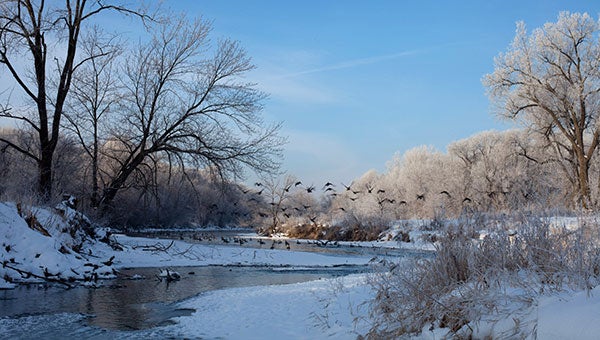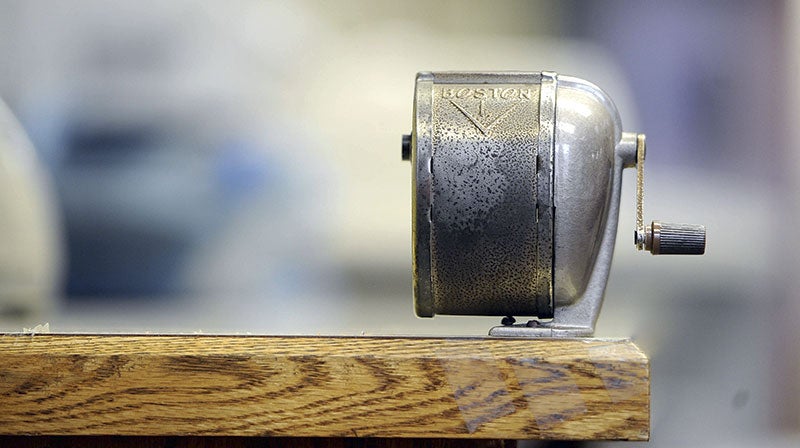SWCD, CRWD working to improve natural resources
Published 10:06 am Thursday, January 28, 2016
By Justin Hanson
Fields, Rivers & Streams
Minnesotans have long been proud of our outstanding natural resources and worked together to enhance our public lands, wildlife habitat and waterways.
In recent years, this already high level of interest and support has seemed to increase rapidly, whether through conservation and environmental efforts or recreational initiatives to enjoy the outdoors. Locally, we’ve seen that in our office’s extensive work as well as through residents getting out more on the waterways or trails along the water.
That is a big part of why all of us at the Mower Soil & Water Conservation District and Cedar River Watershed District are grateful for this new opportunity to share on a monthly basis with you what we are doing to conserve and improve our natural resources from farm fields to waterways.
Mower SWCD has been around since 1953 and is one of Minnesota’s 91 SWCDs providing technical assistance to landowners with conservation practices that protect the quality of land and water resources. We cover all of Mower County and are governed by a board of elected supervisors.

Justin Hanson is the district manager of the Mower Soil & Water Conservation District and the administrator of the Cedar River Watershed District
The SWCD staff also carries out the work for the Cedar River Watershed District created in 2007 by the state after the Austin area’s record floods of 2000 and 2004. CRWD works with landowners in the watershed to create structures that slow stormwater flows and improve water quality.
CRWD has watershed boundaries, with a majority of the land within Mower County but including parts of Dodge, Freeborn and Steele counties. The CRWD board has tax-levy authority and consists of managers appointed by the district’s county boards.
The upcoming 2016 construction season easily will be the CRWD’s busiest year to date, especially if we receive more than $3 million in state bonding funds we have requested to match a $3.2 million grant awarded last summer by The Hormel Foundation. All of this funding will go toward our innovative, five-year Capital Improvement Plan of 25 water-retention projects mostly upstream from Austin to improve water quality and reduce flooding.
Statewide, water-quality issues have been getting heightened attention in the past year, particularly because Gov. Mark Dayton made it a top priority. From this, legislators in 2015 passed a law to establish 110,000 acres of vegetation buffers of up to 50 feet along lakes, rivers, streams and ditches to help filter out phosphorus, nitrogen and sediment. The buffer width will be an average of 50 feet on public waters and at least 16.5 feet on public ditches.
Our SWCD staff has calculated that Mower County has 445 miles of public waters, including 21 miles of public ditches that all have the 16.5-foot buffer. A majority of Mower County’s rivers and streams also already have the 50-foot buffer. Overall, the new law would establish in Mower County about 5,139 acres along waters and 84 acres along ditches.
Mower SWCD and all other SWCDs will implement the state’s buffer requirement, and we want to help citizens understand the plan.
On Tuesday, Feb. 2, I will join Mower SWCD district technician Aaron Gamm in providing updates on the state buffer plan at a free, public event organized by the Mower County Farm Bureau. The event will start at 9:30 a.m. at the Austin VFW Club, 300 Fourth Ave. N.E.
We look forward to providing you with these monthly updates, and we hope you can get involved in improving, enjoying and conserving our natural resources.
Mower SWCD provides technical assistance to landowners with conservation practices that protect land and water resources. SWCD also performs the duties of the Cedar River Watershed District to improve water quality and reduce flooding. This monthly column by Mower SWCD/CRWD typically runs the last Thursday of each month. More information is available on the Mower SWCD and CRWD websites as well as the CRWD’s Facebook page: www.facebook.com/CedarRiverWD. Questions and comments can be sent to tim.ruzek@mowerswcd.org.



